Sand processing plants are designed to convert raw sand (natural or crushed) into high-quality, graded sand suitable for construction, concrete, glass, or industrial applications. The configuration varies based on the raw material type (e.g., river sand, pit sand, manufactured sand), impurities present (clay, silt, organic matter), and desired end products. Below are the common sand processing plant configurations, categorized by their primary functions and components:

1. Basic Sand Washing & Screening Plant (For Natural Sand)
This configuration is ideal for cleaning and grading natural sand (e.g., river sand, lake sand) with moderate impurities (clay, silt, or fine particles).
Key Components:
● Vibrating Feeder: Feeds raw sand into the processing line evenly.
● Vibrating Screen: Screens out oversize particles (e.g., pebbles, gravel) and separates sand into initial size fractions (e.g., 0–2mm, 2–5mm).
● Sand Washer: Removes clay, silt, and impurities via water-based scrubbing. Common types include:
● Spiral sand washer (efficient for fine silt removal).
● Wheel sand washer (simple structure, low water consumption).
● Dewatering Screen: Reduces moisture content of washed sand (from ~20% to 8–12%) for easier storage and transport.
● Slurry Treatment System: Collects wastewater from washing, separates fine solids (recoverable as micro-sand), and recycles water to reduce waste.
Applications:
Produces clean, graded sand for concrete, mortar, or road base.

2. Manufactured Sand (M-Sand) Production Plant
M-sand is made by crushing hard rocks (granite, basalt) into sand-sized particles. This configuration focuses on crushing, shaping, and refining crushed stone into sand.
Key Components:
● Crushing Stage:
- Primary crusher (jaw crusher): Breaks large rocks into 50–100mm fragments.
- Secondary crusher (cone crusher or impact crusher): Reduces fragments to 10–30mm.
- Tertiary crusher (vertical shaft impactor, VSI): Critical for shaping—crushes 10–30mm material into sand-sized particles (0–5mm) with cubic shapes (reduces flaky particles).
- Screening Stage: Vibrating screen separates sand into grades (e.g., 0–1.18mm, 1.18–2.36mm, 2.36–4.75mm) and returns oversize material for reprocessing.
● Washing Stage: Optional sand washer (if M-sand has high dust content) to remove fines and improve cleanliness.
- Dewatering/Silo Storage: Dewatering screen or filter press reduces moisture; silos store finished M-sand.
Advantages:
Controlled particle size distribution and shape, making M-sand suitable for high-strength concrete.

3. Heavy Impurity Removal Plant (For Sand with Large Contaminants)
Some raw sands contain heavy impurities like iron ore, pyrite, or stones. This configuration adds specialized equipment to remove these contaminants.
Key Components:
● Magnetic Separator: Removes ferrous impurities (e.g., iron particles) using strong magnets—essential for glass-making or high-purity concrete.
● Gravity Separator (Jig or Spiral Chute): Separates heavy non-ferrous impurities (e.g., pyrite, garnet) via density differences.
● Air Classifier: Uses airflow to separate light impurities (organic matter, wood chips) from sand.
● Integration with Washing/Screening: Combined with standard washing and screening modules for full purification.
Applications:
Produces high-purity sand for glass, ceramics, or industrial fillers.

4. Dry Sand Processing Plant (Water-Saving Configuration)
Designed for arid regions or areas with water scarcity, this configuration replaces water-based washing with dry methods.
Key Components:
● Dry Vibrating Screen: Screens and grades sand without water.
● Air Classifier: Uses high-pressure air to separate fines (clay, silt) from sand, eliminating the need for washing.
● Dust Collector: Captures airborne dust (e.g., baghouse filter) to meet environmental standards.
● Crushing/Shaping Modules: Same as M-sand plants (VSI crusher) for producing dry M-sand.
Advantages:
Low water consumption, suitable for regions with water restrictions.

5. Integrated Sand & Aggregate Plant
Combines sand processing with aggregate production to maximize resource utilization from a single raw material (e.g., quarried stone).
Key Components:
● Aggregate Crushing Line: Jaw crusher (primary) → cone crusher (secondary) → screening (produces 5–10mm, 10–20mm, 20–40mm aggregates).
● Sand Production Line: Oversize material from aggregate screening → VSI crusher (produces sand) → sand washing → dewatering.
● Shared Systems: Common feeder, conveyor belts, and slurry treatment (for water recycling).
Applications:
Large-scale construction projects needing both aggregates and sand (e.g., dams, airports).

Key Considerations for Configuration Selection
● Raw Material Properties: Hardness, impurity type, moisture content, and particle size distribution.
● End Product Requirements: Grade (e.g., fine sand for mortar vs. coarse sand for concrete), purity, and shape.
● Environmental Constraints: Water availability, dust regulations, and waste disposal.
● Capacity Needs: Tons per hour (TPH) to match project demand.
By selecting the right configuration, sand processing plants can efficiently produce high-quality sand while minimizing waste and operational costs. Henan Baichy Machinery Equipment Co., Ltd. is a mining machinery manufacturer integrating R&D, production and sales. Stone crusher is one of its core production equipment. It has mature technology and processes, complete models and configurations, and technical engineers can tailor production line configuration plans for you. If you are interested in the stone crusher, please click on the online consultation to get solution and price now. Baichy Machinery is dedicated to serving you 24 hours a day!










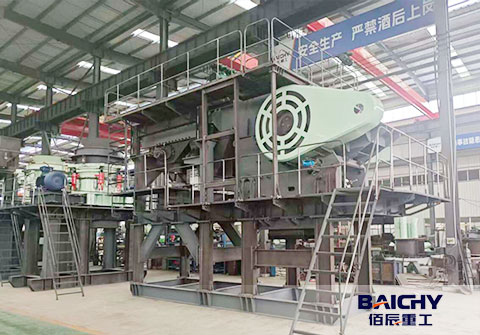
 2025-11-24
2025-11-24


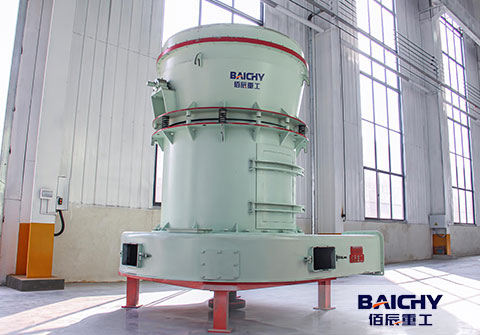
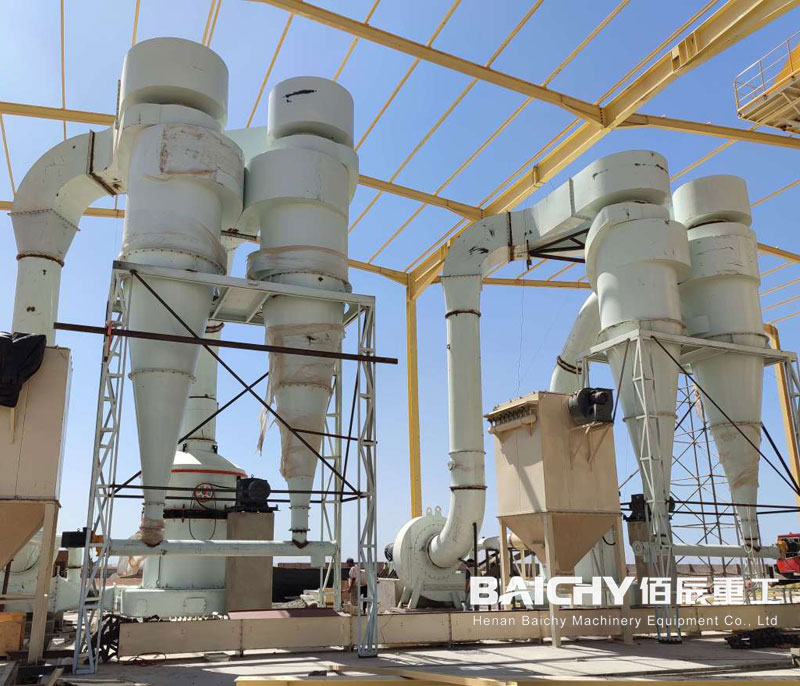
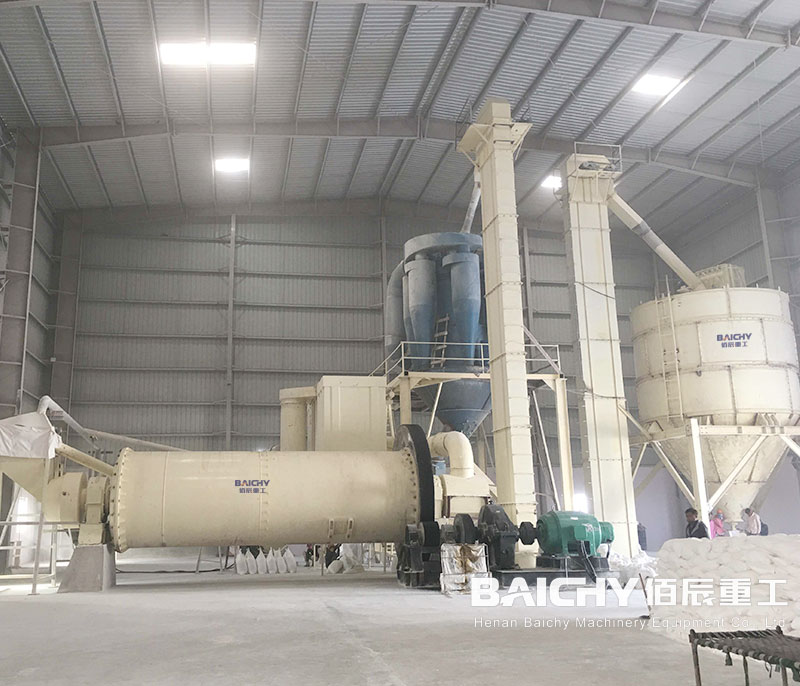
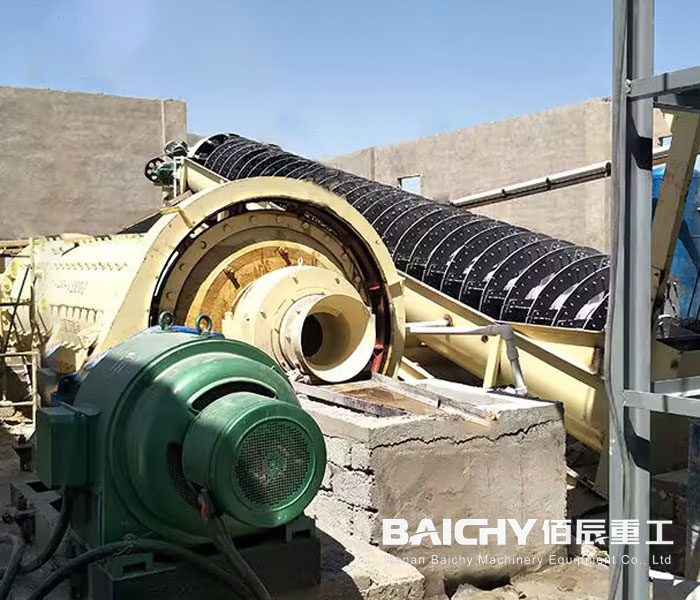
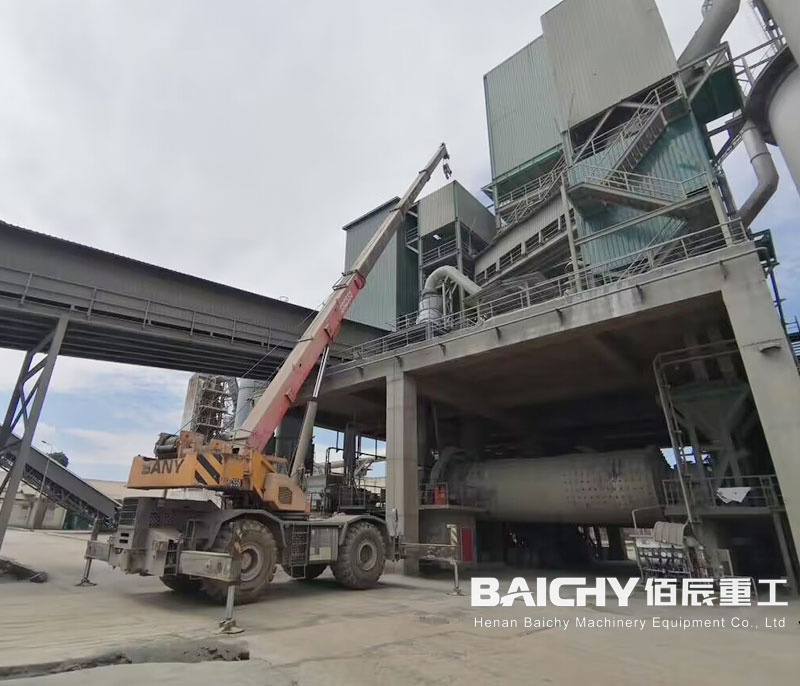














 86-15093113821
86-15093113821
 86-15093113821
86-15093113821

